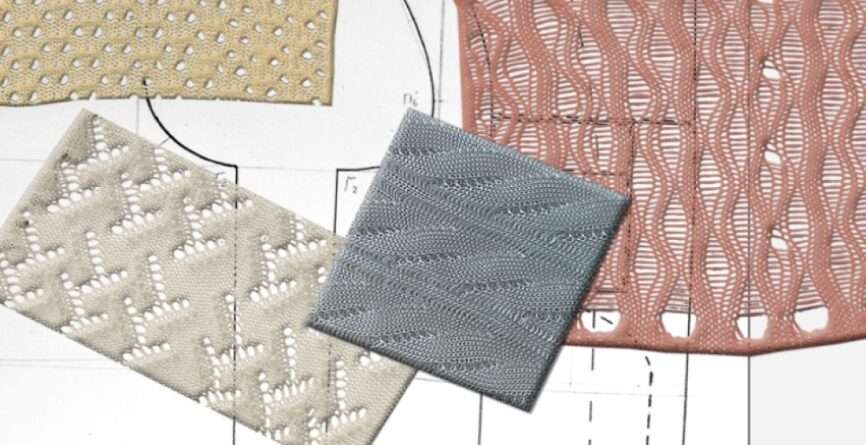New Sustainable Roofing Material Can Naturally Keep Buildings Cool Without A/C
New cooling paper invented at Northeastern not only reflects the sun away from buildings, it also sucks heat out of the interior.

A multi-national team at MIT have dispelled the long-standing consensus that the most commonly available plastic, polyethylene, can't be used for clothing.
Their new thread spun with normal machinery circumnavigates the problem that polyethylene traps moisture, opening up an industry-changing material for use in earth-friendly textiles.
The fashion and textile industry is one of the king polluters. As well as contributing millions of tons of landfill waste, manufacturing threads made with nylon or polyester consumes massive amounts of water and generates 5–10% of global greenhouse gas emissions annually—and worst of all, none of the fabrics are recyclable.
Polyethylene itself, the plastic used in food wraps and shopping bags, is anti-wicking, and would normally lock water and sweat onto your body, not drawing it away to be evaporated like most athletic wear.
However the new method developed at MIT has created an "efficient water wicking and fast-drying performance which, combined with their excellent stain resistance, offer promise in reducing energy and water consumption as well as the environmental footprint of textiles in their use phase."
Furthermore, polyethylene yarns can be colored by environmentally-friendly methods, thus eliminating the large amounts of toxic wastewater otherwise created during conventional processes.
"Once someone throws a plastic bag in the ocean, that's a problem. But those bags could easily be recycled, and if you can make polyethylene into a sneaker or a hoodie, it would make economic sense to pick up these bags and recycle them," wrote Svetlana Boriskina, a research scientist in MIT's Department of Mechanical Engineering and lead-author of the corresponding paper.
It was actually during the manufacturing process, taking polyethylene powder and subjecting it to existing industry-standard equipment, that Boriskina and team discovered that when the plastic is stretched into fibers, similar to the way spaghetti is made, the plastic became slightly oxidized.
This oxidization gave the resulting yarn a thirst for water, drawing it away from sweaty armpits like it had never done before.
"Everyone we talked to said polyethylene might keep you cool, but it wouldn't absorb water and sweat because it rejects water, and because of this, it wouldn't work as a textile," Boriskina said.
Once they found that it could in fact wick moisture away, they continued to experiment until they found fibers of the right diameter that allowed the space in between them within the strand of yarn to wick the most amount of water.
The base powder can be dyed with natural materials, and once the finished product was subjected to a life-cycle assessment, they found that, remarkably, polyethylene clothing would consume less energy than polyester, but also natural cotton.
Part of that is because nothing sticks to polyethylene, meaning that you could wash it for 10 minutes in a cold cycle and any stains would be gone. The best part is that owing to the natural dye, the clothing is fully recyclable.
Sometimes the best innovations don't come from new elements, new machines, or new technology, but a simple double-check on already existing infrastructure and materials.
PASS This Game-Changing Breakthrough to Fashionistas on Social Media…
Be the first to comment